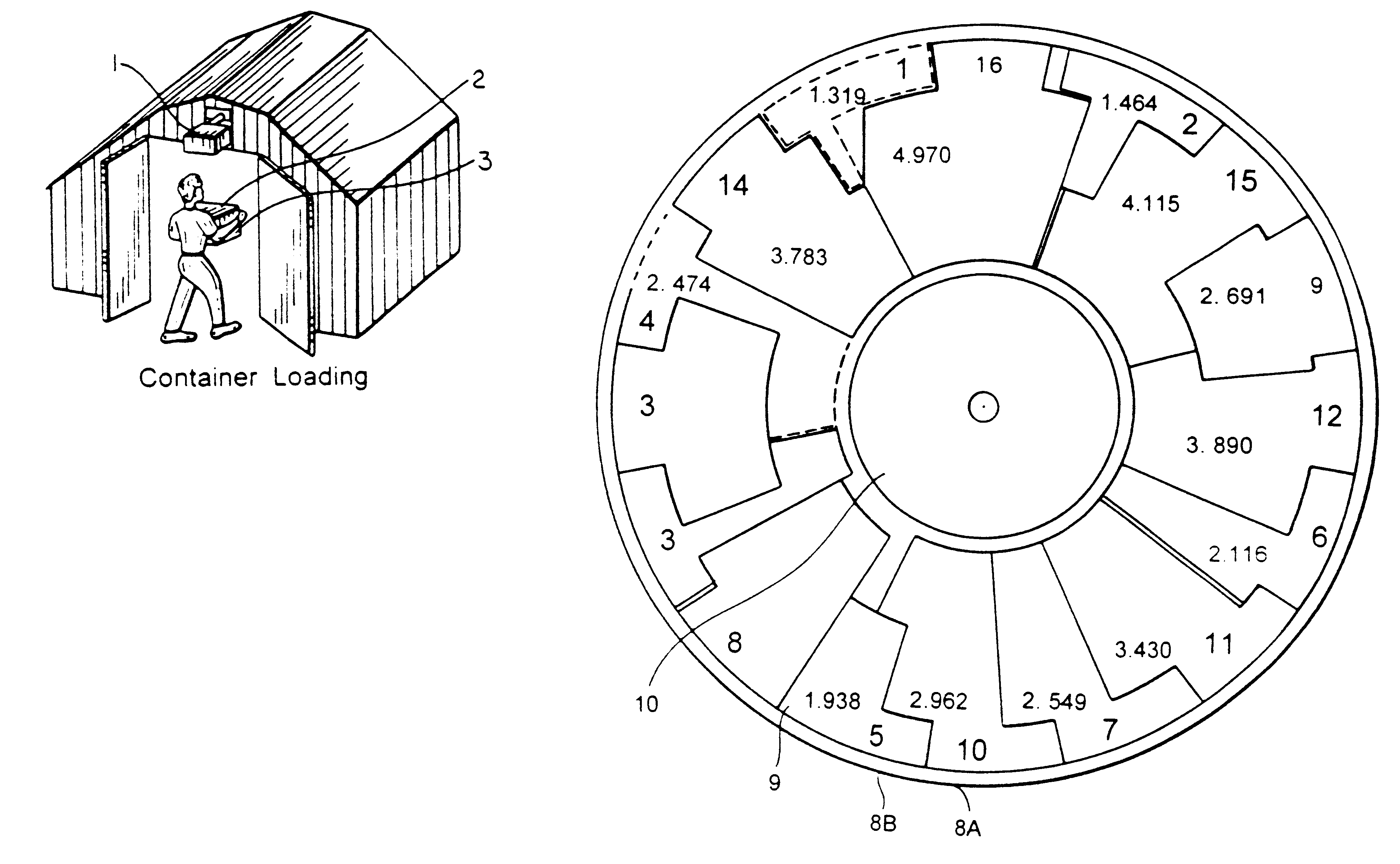Bar code symbol scanning system having a holographic laser scanning disc utilizing maximum light collection surface area thereof and having scanning facets with optimized light collection efficiency
a scanning system and bar code symbol technology, applied in the field of holographic laser scanners, can solve the problems of prior art holographic scanners not being without problems, allowing independent control of light collection and light scanning functions, and holographic discs employed in prior art holographic scanners
- Summary
- Abstract
- Description
- Claims
- Application Information
AI Technical Summary
Benefits of technology
Problems solved by technology
Method used
Image
Examples
Embodiment Construction
Referring to the figures in the accompanying Drawings, the various illustrative embodiments of the holographic laser scanner of the present invention will be described in great detail.
In the illustrative embodiments, the apparatus of the present invention is realized in the form of an automatic code symbol reading system having a high-speed holographic laser scanning mechanism as well as a scan data processor for decode processing scan data signals produced thereby. However, for the sake of convenience of expression, the term "holographic laser scanner" shall be used hereinafter to denote the bar code symbol reading system which employs the holographic laser scanning mechanism of the present invention.
The Holographic Laser Scanning System Employing a Transmission-Volume Type Holographic Laser Scanning Disc
As illustrated in FIGS. 1A, 1B and 1C, the holographic laser scanner of the present invention 1 can be used in a diverse variety of code symbol scanning applications. In FIG. 1A, t...
PUM
 Login to View More
Login to View More Abstract
Description
Claims
Application Information
 Login to View More
Login to View More - R&D
- Intellectual Property
- Life Sciences
- Materials
- Tech Scout
- Unparalleled Data Quality
- Higher Quality Content
- 60% Fewer Hallucinations
Browse by: Latest US Patents, China's latest patents, Technical Efficacy Thesaurus, Application Domain, Technology Topic, Popular Technical Reports.
© 2025 PatSnap. All rights reserved.Legal|Privacy policy|Modern Slavery Act Transparency Statement|Sitemap|About US| Contact US: help@patsnap.com



